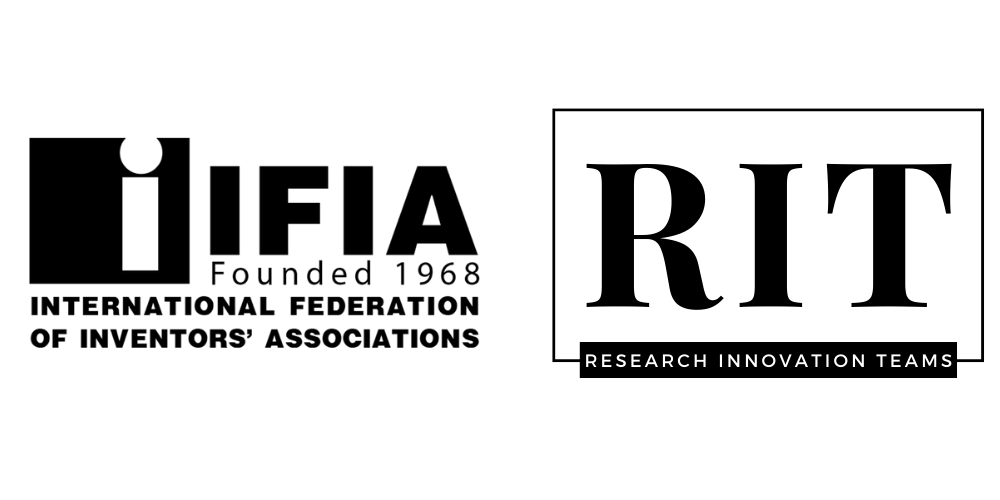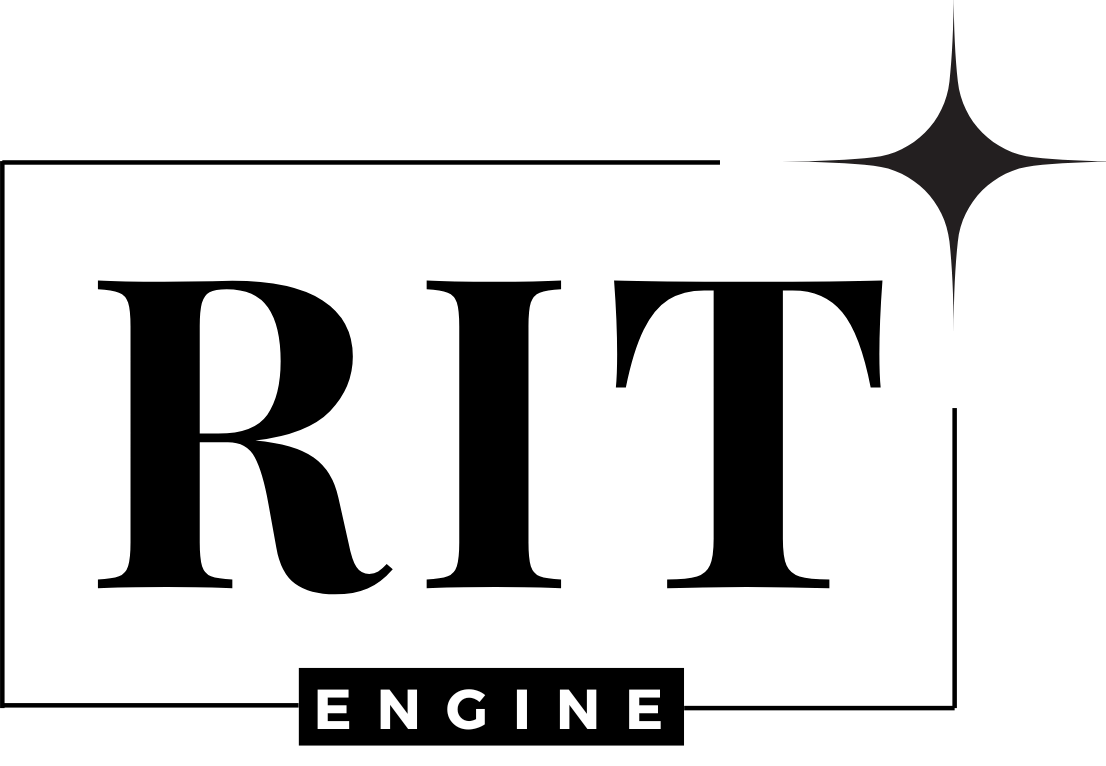Fused Deposition Modeling Services
- Free Delivery
- Over 20 Different Materials
- Manufacturing From 8 Business Days
FDM 3D Printing Capabilities
Fused Deposition Modeling (FDM) is a 3D printing technology widely known for its great material selection, accuracy, possibility to print large parts, and competitive cost. FDM parts are great for end-use, low-volume production, for rapid prototyping. FDM 3D prints usually do not require any post-processing.
Advantages of MJF With IFIA RIT
Massive Capacity
We can quickly produce both prototypes and large batches thanks to the largest manufacturing network in the world.
Fast Production
You will get your 3D printed parts fast delivered in as fast as 3-5 days.

Quality Assurance
We have strong QA procedures, controlled by an in-house team of QA engineers, which allows us to deliver high quality parts.
Engineering Check & Status Updates
All designs are checked by engineers before they’re sent for 3D printing. After confirming your order, you will receive status updates on your production.
FDM 3D Printing Materials
Rigid Plastics
- ABS
- ABS M30
- ABS-ESD7
- ASA
- Industrial PEEK
- Nylon 12 / PA 12 (FDM)
- Nylon 12 full-colour / CB PA 12
- Nylon 12CF / PA 12 carbon-filled
- PC (Polycarbonate)
- PC ISO (Polycarbonate ISO 10993 USP Class VI)
- PC-ABS Polycarbonate
- PETG
- PLA
- Standard PEEK
- ULTEM 1010
- ULTEM 9085
Finishing Options
Standard
In most of the cases FDM parts do not require any finishing. Since materials (filaments) are available in a wide color choices initially, the parts are initially printed in desired color.
Custom finish
Additional processing and finishes on request, such as sanding.
FDM Infill Options
Fused Deposition Modeling (FDM) is a 3D printing technology that builds a part layer by layer by depositing heated thermoplastic along an extrusion path. In this process, there are several different ways the interior areas of a part can be interpreted when the part is built. Infill describes how those interior areas of a part should be filled in.
RIT offers three types of infill options:
- Ultralight FDM infill: Up to 20% infill density. Ultralight infill parts are filled with a single zig-zag pattern. This is the lightest and least expensive infill option
- Light FDM infill: 20-50% infill density. Light infill parts are filled with a double cross-hatch pattern. This option provides increased rigidity and is lighter than a complete solid infill
- Solid FDM infill: 50-80% infill density. Solid infill parts are filled for a higher density. This is the heaviest and more expensive option but offers the highest strength

Pros & Cons of FDM 3D Printing


